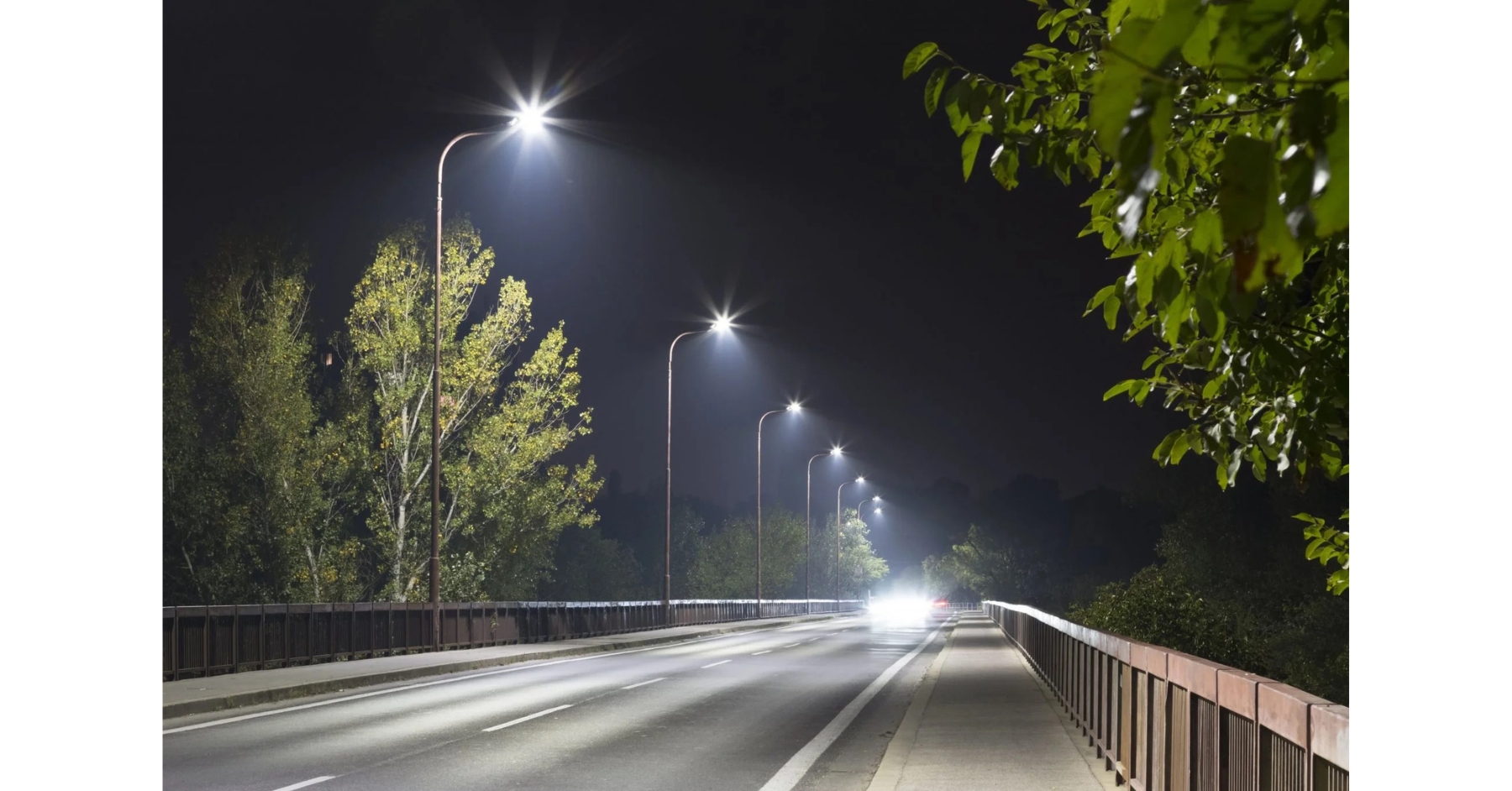We think streetlights are some of the most interesting types of lighting installations out there. Okay, they’re not the most exciting to look at, but hear us out…
Because they’re needed in all kinds of locations, from quiet residential areas to busy high streets, streetlights must be expertly installed to avoid light nuisance — which is what happens when artificial lights cause visual or physical disruption.
But to achieve a well-located streetlight installation that delivers the appropriate lighting output whilst meeting sustainability requirements and budget limitations, you’ll first need a great lighting design.
Thankfully, we know a thing or two about creating a stellar street lighting scheme and can explain exactly what issues councils and project managers need to avoid — and how.
POTENTIAL LIGHTING PROBLEMS
One of the first things local authorities need to consider when installing new streetlights is where to put them.
Streetlights are needed beside roads and pavements to keep drivers and pedestrians safe. If you’re not careful, though, you could obstruct the use of footpaths and inconvenience or endanger the public, which doesn’t fly with the UK government (as you’d imagine).
You’ll also need to consider spacing. Put streetlights too close together, and you’ll get too much brightness in one area — otherwise known as glare — making pupils dilate and surrounding areas appear darker. Uncomfortable and unsafe… not ideal.
Think you can just dim the lights? If only things were that simple.
Streetlights must be bright enough to ensure sufficient visibility. Around 5,000 lumens will be ideal for residential areas, and up to 18,000 lumens can be used for sites like roadways and building perimeters. Still, they can’t be too bright…
As they’re on from when it gets dark to when it gets light, overly intense streetlights can be a real pain to nearby residents — especially if the light source is too cool-toned or there are high levels of light spill, as these qualities can mess with people’s circadian rhythms (or ‘body clocks’).
Ultra-bright lights will also consume a lot of energy, which is expensive and wasteful: two things you don’t ever want but must avoid at all costs in today’s turbulent economy and with increasingly strict sustainability expectations.
So, if you can’t just turn streetlights off and you can only dim them to an extent, what can you do to avoid causing a light nuisance?
Invest in high quality, eco-friendly lighting solutions that can be adjusted to suit challenging site requirements, of course!
NO-NUISANCE SOLUTIONS
The lighting industry has developed many innovative solutions to help councils and authorities rise to the challenge of modern street lighting — and LEDs are a great example.
Today’s LEDs are loved for their low energy consumption, long lifespans and design flexibility, boasting superior affordability and efficiency compared to traditional incandescent bulbs. As a result, they’re being used to update towns and cities across the country helping save Somerset County Council £157,000 and lower its CO2 emissions.
So, how do LEDs’ unique features help reduce light nuisance?
Firstly, LEDs emit light in just one direction, illuminating what you want them to with minimal light spill — especially when combined with shields and louvres. That means no angry residents or wasteful, environmentally unfriendly light spill — just safe, efficient streets.
As for brightness and hue, LEDs come in a variety of correlated colour temperatures (CCTs). Opt for a CCT between 2,700 K and 3,000 K for a soft, warm tone to help neighbouring households sleep easy.
Lighting designers can also combine LEDs with adaptive lighting profiles, using sensors to adjust streetlight brightness based on how many vehicles or pedestrians pass by and how dark the ambient lighting is. The result? More fit-for-purpose, adaptive and sustainable lighting.
We know that’s a lot to take in. It’s not easy to identify all the problems your streetlights could cause, let alone work out how to prevent them. Fortunately, we know a lighting consultant that can help…
DFL is one of the UK’s largest independent lighting consultants, offering lighting impact assessments to help you achieve the best possible street lighting design. Email info@dfl-uk.com or call +44 (0)1962 855080 to discuss your project requirements with our experts.























